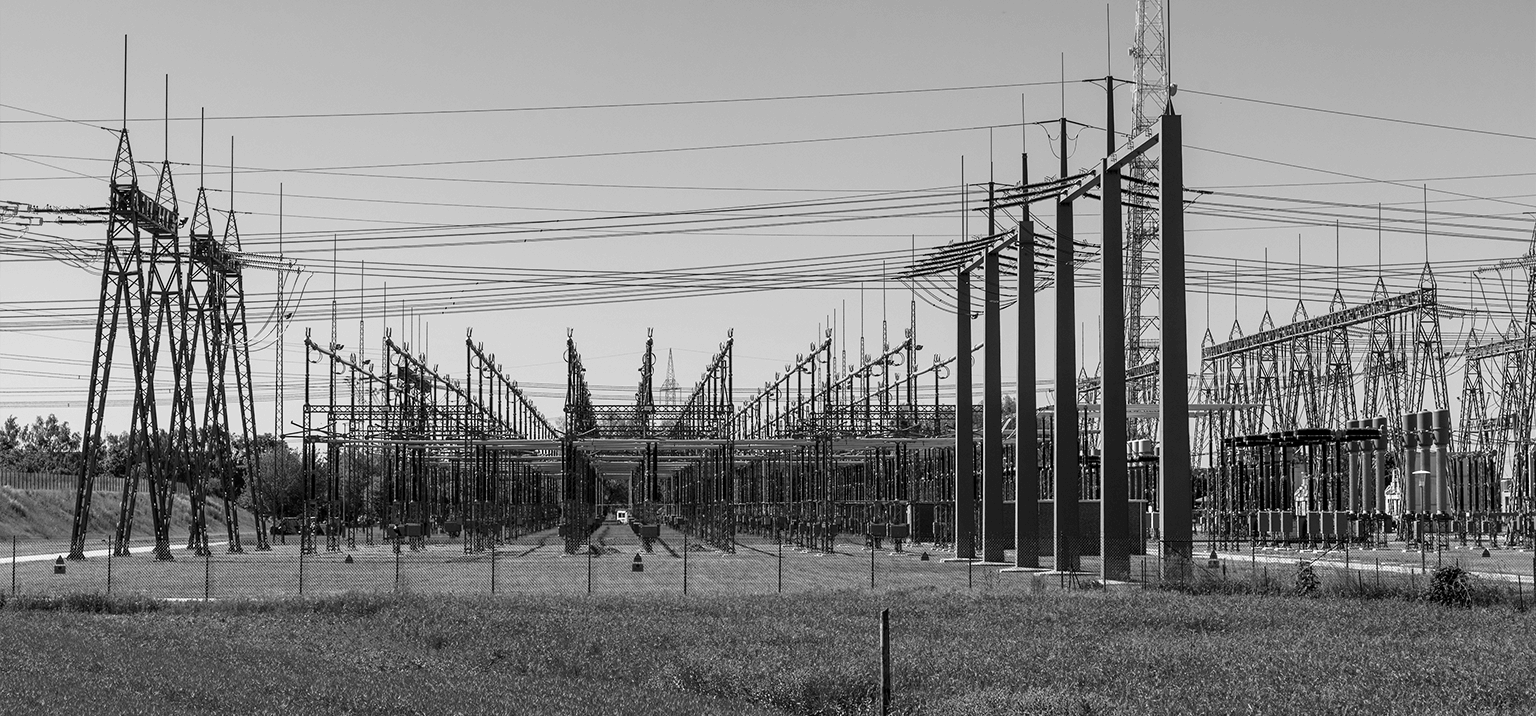Bringing together civil, structural, electrical, and environmental engineering to deliver comprehensive substation design services.
At Matrix Consulting Engineers, we offer unparalleled expertise in substation design. Our team of seasoned electrical substation design engineers is dedicated to delivering top-tier solutions that meet the complex needs of modern power distribution systems. From initial concept through to detailed engineering and commissioning, our focus is on creating safe, reliable, and efficient substations that stand the test of time.
Our approach to electrical substation design is meticulous and systematic. We start with a thorough consultation and feasibility study to understand your requirements, followed by the development of comprehensive conceptual designs. Detailed engineering ensures precise technical drawings and specifications, while we manage regulatory compliance and approvals to keep your project on track. Throughout procurement and construction, we provide full support to ensure the design intent is realised, culminating in the rigorous testing and commissioning of the substation to meet all performance criteria.

Matrix Consulting Engineers is dedicated to maintaining the highest standards in all our projects. Our substation design services comply with all relevant national and international codes.
Our commitment to these standards ensures that our designs are not only safe and sustainable but also meet all legal and regulatory requirements, providing you with peace of mind and a solid foundation for your construction project.
Data centres, the backbone of our digital infrastructure, require a reliable and uninterrupted power supply to ensure the continuous operation of servers, storage systems, and networking equipment. To achieve this, data centres are typically powered by electrical substations, which play a crucial role in transforming and distributing electricity to meet the specific needs of these facilities. Here’s a detailed explanation of how this process works:
For data centres, a dedicated substation, often located on-site or nearby, steps down the voltage from the secondary substation to the specific levels required by the data centre’s infrastructure. This is achieved using additional transformers.
Once the electricity reaches the data centre substation at the appropriate voltage, it is distributed within the facility through a complex network of switchgear, circuit breakers, and distribution panels. This internal distribution network ensures that power is delivered to all critical components, such as servers, cooling systems, networking equipment, and lighting.


The first step in distributing electricity to data centres involves primary substations. These facilities step down the high-voltage electricity from the transmission lines to a lower voltage (commonly between 33 kV and 132 kV) using large transformers. The primary substation acts as a bridge between the transmission network and the distribution network.
Electrical substations are a crucial component of the UK’s electrical grid, facilitating the transformation and distribution of electricity from power generation sites to end users. They are strategically located across the country to ensure the efficient and reliable delivery of power. Here’s a detailed overview of where electrical substations are primarily used in the UK:London, Manchester, Birmingham, Glasgow, and Other Major Cities:
Merseyside, West Midlands, South Wales, Teesside:
Scottish Highlands, Wales, South West England, East Anglia:
East Coast, South Coast, North Sea Oil Rigs:
Drax Power Station (Yorkshire), Hinkley Point (Somerset), Sizewell (Suffolk):
National Grid Nodes:
Suburban Communities Nationwide:
Choose Matrix Consulting Engineers for your substation design needs and experience the difference that expertise, innovation, and dedication to excellence can make. Let us help you create structures that are not only functional and durable but also a testament to superior engineering and design.

Please fill in the form and we will get back to you as soon as possible to discuss your new project.